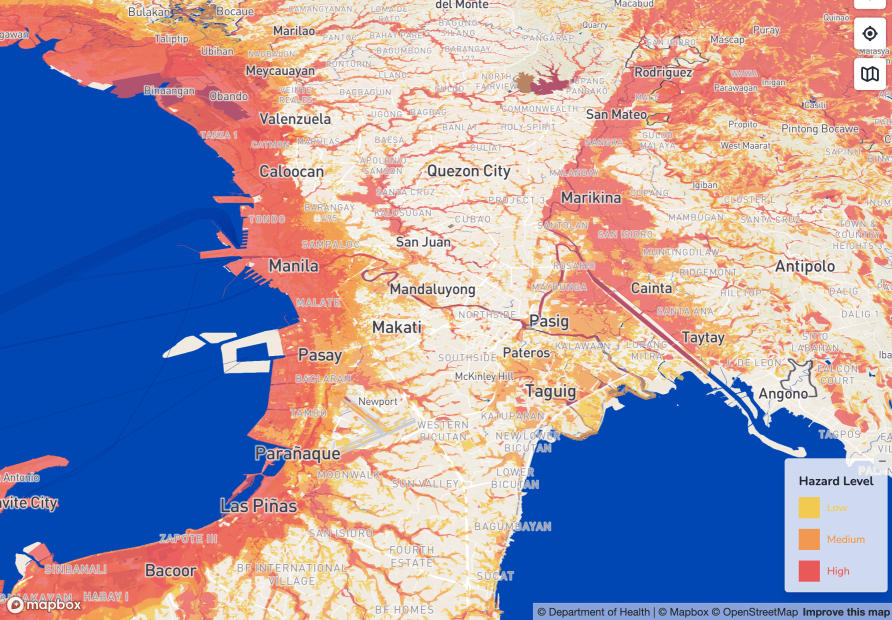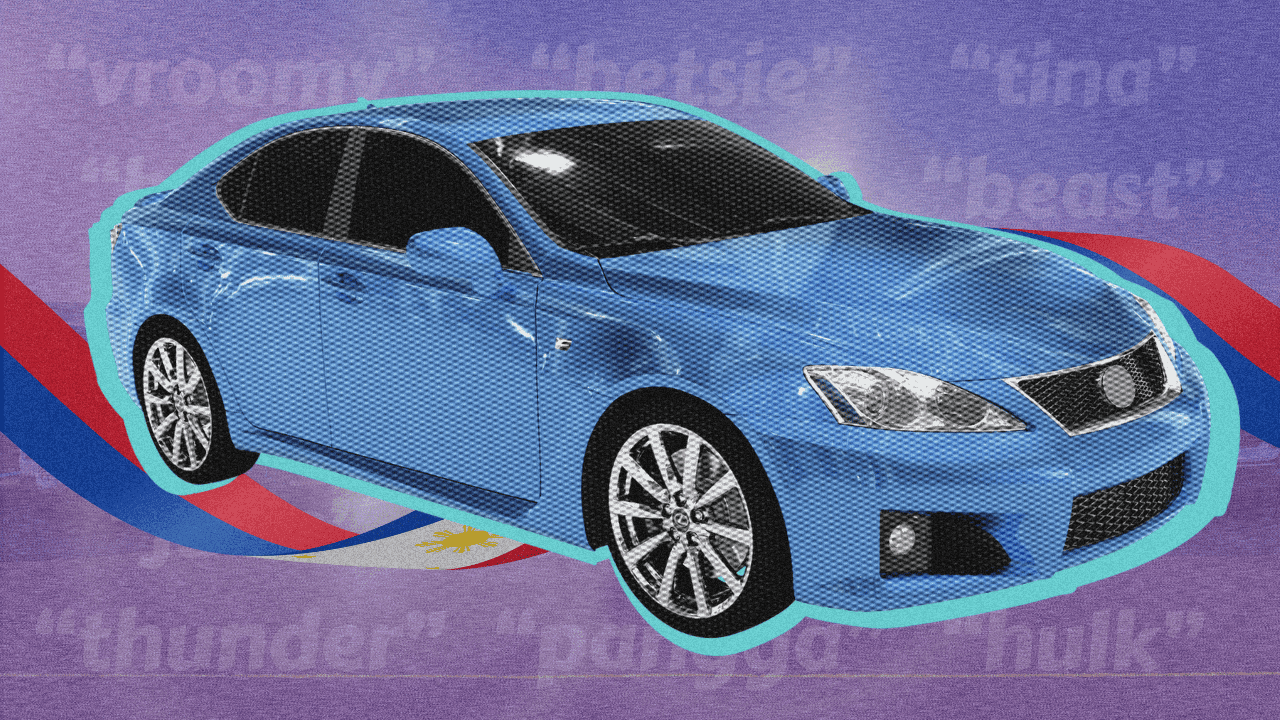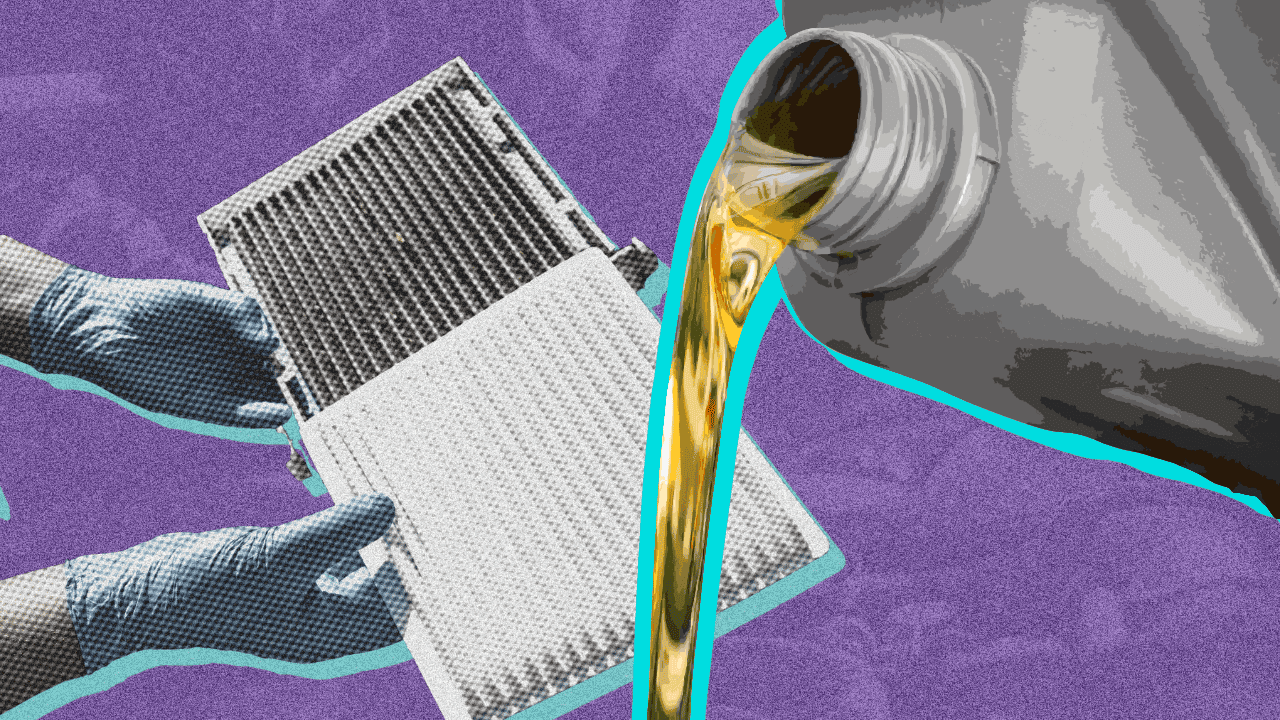How to Prepare Your Car for the Rainy Season in the Philippines

In the Philippines, the rainy season is unpredictable. Heavy rains, flash floods, and strong winds can arrive without much warning, turning an ordinary day into a major challenge for drivers. Especially in areas like Metro Manila, sudden downpours can cause traffic standstills, car breakdowns, and accidents.
To help visualize the risk, here's a map of the reported flood-prone areas in Metro Manila you can refer to:
 (The photo above is a screenshot from the website NOAH. This is a map of a Flood Hazard Level.)
(The photo above is a screenshot from the website NOAH. This is a map of a Flood Hazard Level.)
Preparing your car for the rainy season is not just about avoiding inconvenience—it's about ensuring your safety and protecting your investment. This guide walks you through practical steps to help keep your vehicle reliable, roadworthy, and flood-ready throughout the unpredictable wet months.
1. Check and Maintain Your Tires
Why It Matters
Tires are your car’s first line of defense against wet and slippery roads. Good tires ensure better traction and minimize the risk of hydroplaning during heavy downpours.
What to Do
- Inspect Tread Depth: In the Philippines, a minimum legal tread depth for tires is 1.6mm, but thicker treads are better during the rainy season.
- Check Tire Pressure: Under-inflated or over-inflated tires can reduce traction. Check your owner's manual for the correct PSI.
- Consider Rain-Ready Tires: Some brands offer tires specifically designed for wet conditions, offering better grip and handling.
Pro Tip: Have your tires rotated and balanced as part of your rainy season maintenance. This ensures even wear, optimal performance, and most importantly, safer handling during slippery conditions. Worn or poorly balanced tires can severely reduce traction, sometimes even making it difficult for your car to climb ramps or navigate inclines during heavy rains.
2. Inspect and Replace Windshield Wipers
Why It Matters
Visibility is crucial when driving in heavy rain. Worn-out wipers can smear water across your windshield, making it harder to see the road.
What to Do
- Check for Streaking or Skipping: If your wipers leave streaks or miss spots, it’s time to replace them.
- Test Washer Fluid: Ensure your windshield washer fluid is topped up and functional. Some drivers switch to rain-specific formulas that clean better.
Pro Tip: In Metro Manila and other flood-prone areas, consider carrying an extra pair of wiper blades in your trunk.
3. Inspect Lights and Electrical Systems
Why It Matters
Lights are not just for seeing; they’re for being seen. Working headlights, brake lights, and signal lights are critical during rainy, foggy, or low-visibility conditions.
What to Do
- Check Headlights and Taillights: Replace any burned-out bulbs immediately.
- Inspect Electrical Systems: Moisture can damage electrical components. Check for exposed wires or loose connections.
- Fog Lights: If your car has fog lights, make sure they are functioning properly.
Pro Tip: Switch to brighter or LED bulbs if possible—they perform better during dark, rainy conditions, which are common in Philippine storms.
4. Ensure Your Brakes Are in Top Condition
Why It Matters
Wet roads dramatically increase stopping distances. Knowing how to prevent brake failure is important, as faulty brakes can be catastrophic during heavy rains.
What to Do
- Inspect Brake Pads: Replace pads that are thin or worn out.
- Check Brake Fluid: Low or dirty brake fluid affects braking efficiency. Have it flushed if necessary.
- Test Brakes Regularly: Listen for squeaking sounds or feel for unusual vibrations.
Pro Tip: Before the rainy season peaks, schedule a full brake inspection at your trusted service center.
5. Seal and Protect Your Car's Body
Why It Matters
Constant exposure to rain can accelerate rust, especially in areas like wheel wells, door sills, and undercarriage parts.
What to Do
- Apply Wax or Ceramic Coating: This adds a protective layer against moisture and mud.
- Rustproofing: Many service centers in the Philippines offer affordable rustproofing packages.
- Fix Minor Scratches: Paint chips and scratches can expose the metal underneath. Seal them before the rain worsens the damage.
Pro Tip: If you live in flood-prone areas like Marikina, Manila, or Cavite, consider regular underbody cleaning to remove mud and water buildup.
6. Prepare for Emergencies
Why It Matters
Getting stranded during a rainstorm or flood is dangerous. Being prepared can help you stay safe.
What to Pack
- Emergency Kit: Include a flashlight, batteries, phone charger, basic tools, first aid kit, and extra food and water.
- Tow Rope and Booster Cables: Essential for flood-prone areas.
- Portable Air Compressor: Handy if you need to adjust tire pressure on the go.
- Rain Gear: Umbrellas, raincoats, and waterproof boots.
Pro Tip: Keep an emergency contact list saved on your phone and written down in your glove compartment.
7. Plan Smarter Routes
Why It Matters
Metro Manila floods quickly during heavy rains, especially in areas like España, Araneta Avenue, and Makati. Knowing which routes to avoid can save you from major headaches. You can also check if your area is flood-prone through Project NOAH, a website developed by the University of the Philippines that provides real-time flood risk maps based on location.
What to Do
- Use Navigation Apps: Apps like Waze and Google Maps often provide real-time flood alerts during rainy days.
- Stay Updated: Follow MMDA and local government social media pages for real-time flood advisories.
- Have Alternative Routes: Always plan two to three backup routes for your commute.
Pro Tip: If possible, delay travel during red rainfall warnings issued by PAGASA to avoid unnecessary risk.
8. Protect Your Car's Interior
Why It Matters
Rainwater and mud can quickly damage your car's upholstery and carpeting, leading to stains, odors, and mold.
What to Do
- Install Rubber Floor Mats: Easier to clean and more water-resistant than cloth mats.
- Use Seat Covers: Protect your seats from damp clothes and wet items.
- Keep Towels Handy: Wipe down any wet surfaces immediately.
Pro Tip: Invest in a good car vacuum and dehumidifier to help maintain a fresh interior.
9. Consider Flood Insurance for Your Vehicle
Why It Matters
Comprehensive insurance policies that cover "Acts of Nature" can protect you financially if your car is damaged by floods—a real risk in many parts of the Philippines.
What to Do
- Check Your Current Policy: Make sure "Acts of Nature" or "Acts of God" coverage is included.
- Upgrade If Necessary: Some insurance companies offer affordable add-ons for this type of coverage.
Pro Tip: Document your car’s condition with photos before the rainy season. It can help speed up insurance claims in case of damage
10. Understand the Risks: What Happens if Your Car Gets Flooded?
When a car gets caught in a flood, the damage can be catastrophic, often leading to a total loss.
What Happens to a Flood-Damaged Car
- Electrical Damage: Water can short-circuit critical electrical systems, causing malfunctions that are expensive to fix.
- Engine Damage: If water enters the engine, it can cause "hydrolock," a condition where the engine seizes and becomes irreparable.
- Transmission and Brake Problems: Water contamination affects fluids, causing premature failure.
- Interior and Mold Issues: Carpets, seats, and insulation soaked by floodwaters are difficult to dry completely, leading to foul odors and mold growth.
- Reduced Resale Value: Once a car has been declared flood-damaged, it is extremely difficult to sell. Buyers avoid vehicles with any history of flooding.
Pro Tip: If your car gets flooded, do not attempt to start it. Disconnect the battery and have it towed immediately to a qualified service center for assessment.
The Philippine rainy season brings a unique set of challenges for car owners, but with proper preparation, you can drive confidently through sudden downpours and unexpected floods. From checking your tires and brakes to planning flood-free routes and packing an emergency kit, each proactive step you take can make a huge difference in your safety and wallet.
Stay safe, stay ready, and drive smart throughout the unpredictable rainy season.


